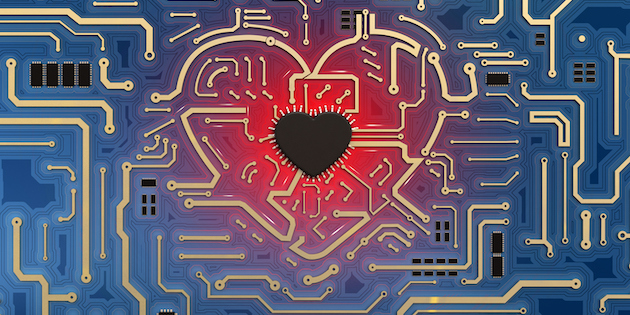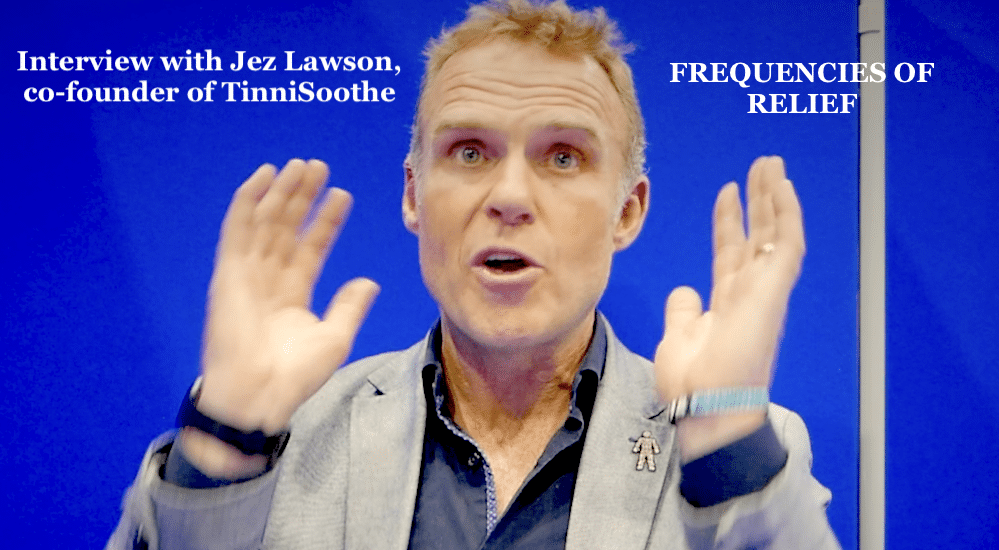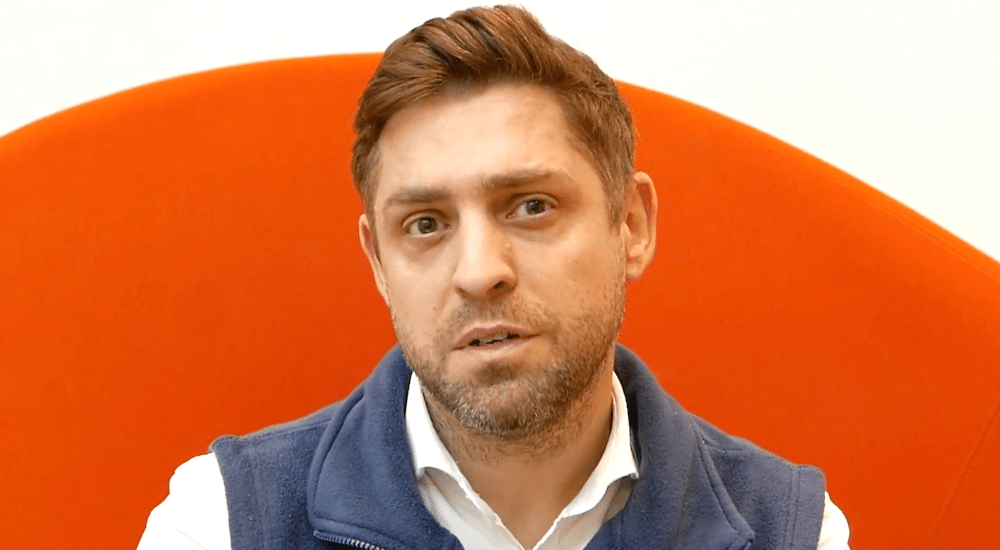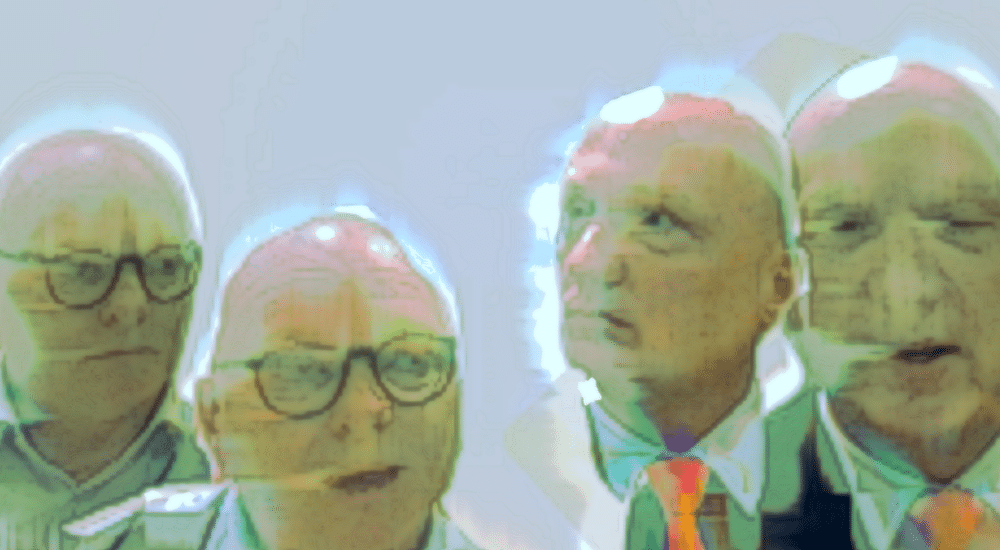From hearing to hearts: The expanding world of hearing tech
BIHIMA interviewed Leo den Hartog, Senior Director RIC business at Phonak, about how hearing technology can support people to live a healthy life. Leo shares some of the science behind latest developments in hearing instruments.

BIHIMA: How does improved hearing contribute to wellbeing?
Leo den Hartog (LdH): At Phonak, we have a ‘well-hearing is wellbeing’ philosophy. There is ample evidence that hearing better is associated with your overall wellbeing. We use three dimensions to categorise this: social and emotional, cognitive, and physical. The social and emotional aspect is reasonably intuitive – if you’re able to hear and understand better what other people are saying, it’s easier for you to communicate with friends, family, or colleagues, and this can help you feel more connected to your environment.
There have been many studies that show that being able to hear better helps you with your cognitive health and reduces risk of cognitive decline.
Equally important, improved hearing also helps with your physical wellbeing. If you think about people who are less able to connect with other people and who struggle to understand in social situations, they’re inclined to go out less, they will not move around as much, they will not participate in social situations as much and may eventually lead a more solitary and less mobile lifestyle. You need to move to stay physically well. Using a hearing instrument to improve hearing has also improved people’s physical wellbeing just by the ability to understand their health better. I think that’s fascinating.
BIHIMA: How can hearing instruments help support other aspects of health?
LdH: As mentioned, better hearing improves various dimensions of the overall wellbeing of a person, but we want to go further and that’s why we’ve introduced the Audéo Fit hearing instrument to market with additional health data functionality. We are extremely proud that, with an in-ear sensor, we’re able to track heart rate. This can be in real time, if someone wants to view it on their app, but also continuously in the background, giving a more holistic picture of someone’s overall health by providing resting heart rates over time. Hearing better helps you with physical wellbeing, but we can go beyond that.
There are plenty of fitness trackers on the market that people can use to track certain metrics like heart rate or steps. But we know that many people don’t use them as much as they might have anticipated. They may not always remember to wear them or might struggle to remember to charge them on top of all the other devices they use. This is where the hearing technology industry can really help people because the ear is a great place to take measurements and our consumers are already in the habit of wearing and charging their hearing instruments.
BIHIMA: What do you think this will mean to the end-user?
LdH: With the heart rate monitor contained within a hearing instrument, people don’t need an extra device, they don’t need to change their lifestyle, change their behaviour regarding what device they wear – it’s no extra hassle for them – users are already extremely used to charging the hearing devices and wearing them all day long. Not just for a walk in the park, but all day, every day.
It’s about being proactive by starting to take measure of some of these parameters before something happens. For example, some people are only incentivised to start using some of these monitoring devices after they have a cardiovascular event, but unfortunately, this can be too late. I think additional metrics and a more holistic approach to overall health from the hearing industry empowers end users to make informed decisions to change their lifestyle.
BIHIMA: How can these developments in the hearing technology industry support audiologists in their role?
LdH: We want to be able to help audiologists spread the word that hearing well can improve overall wellbeing and to see themselves as a person who provides a more holistic approach to being healthier, not just supporting them with their hearing loss.
We see the audiologist or HCP in the role of providing better value propositions and products to our consumers and helping them to take care of their wellbeing. We don’t expect them to be experts in the overall health of a patient but to play a part in a bigger ecosystem that helps people to improve their overall wellbeing.
BIHIMA: Why is the ear such an ideal place to measure heart rate?
LdH: The position of a hearing instrument in the ear is fixed and very stable. The head moves very much in sync with the overall body which makes the ear ideal for placing sensors. There is very thin but very well perfused skin in the ear, giving excellent access to the heartbeat. Another factor is that people are familiar with using the ear as a place for checking vital signs, for example checking temperature with an ear thermometer, so it feels like a natural evolution for hearing technology to have additional sensors.
BIHIMA: Can you tell us specifically about your product – how does it monitor heart rate?
LdH: With Audéo Fit there truly is no compromise. Audéo Fit can do everything our current Audéo Paradise line can do. There’s full Bluetooth connectivity, full Paradise sound quality, and it’s also a rechargeable hearing instrument like many of our current models are, so there is no trade off. We added three LEDs and a photo sensor to the receiver, so it measures the heart rate by pulsing light to the ear canal and then measuring the reflection of that light. Based on the pressure of the blood in the ear canal at that moment, we can then get a read on what the pulse is.
BIHIMA: What future developments do you see which combine hearing solutions with other aspects of health and health monitoring?
LdH: I strongly believe this is just the first step. People above the age of 60 are at a significantly higher risk of developing many medical conditions.
The hearing industry is one of the only industries that have already placed an electronic device on people’s bodies, and we want to leverage that to improve the wellbeing of our consumers because that’s the ultimate goal; we want people to hear well and understand better to live a healthy life. That’s what it’s all about.
Key technologies that have been established over the last 10 years are chargeability and Bluetooth. I think these are very good examples of technologies that allowed us to start thinking more broadly about use cases and where we can take the hearing instrument into new areas and value propositions.
The key point to me is that we don’t see this as a fitness tracker; as a replacement for someone that has a watch, it’s really a more holistic view on how we can help our end-users improve their wellbeing because we already have a device on millions of people helping them to hear. I believe, as a whole industry, we can play a much broader part in helping our consumers to live a healthy life.
Source: Audio Infos UK issue 149 July-August
 Sign in
Sign in

